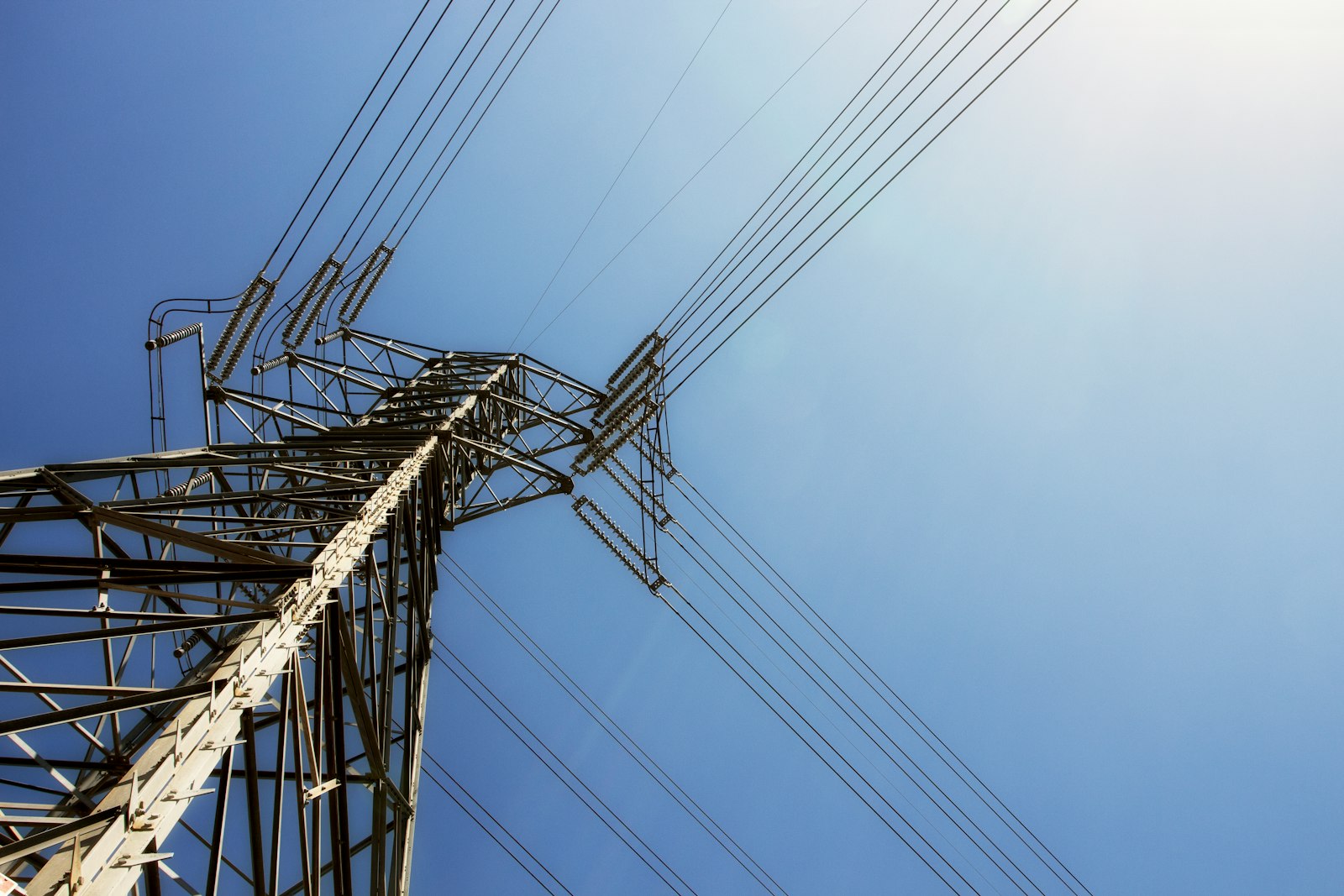As part of the $65 billion in federal funding allocated to broadband deployment under the Infrastructure Investment and Jobs Act, the Biden administration recently announced it is working to increase access to affordable, high-speed Internet for everyone in the country by 2029.
The $45 billion “Internet for All” initiative plans to build up broadband Internet infrastructure, provide digital skills education and training to low-income populations, and supply necessary technologies to communities with limited to no Internet access through three key funding opportunities: the Broadband Equity, Access, and Deployment (BEAD) Program, the Enabling Middle Mile Broadband Infrastructure Program, and the State Digital Equity Act programs.
This comes shortly after the administration secured commitments with 20 Internet providers covering over 80 percent of the U.S. population—such as AT&T, Comcast, and Verizon—to either increase speeds or lower prices. This will ensure that households eligible to enroll in the Affordable Connectivity Program (ACP) can receive Internet plans with download speeds of at least 100 megabits per second for no more than $30 per month.
“In the 21st century, you simply cannot participate in the economy if you don’t have access to reliable, affordable high-speed Internet,” said Commerce Secretary Gina Raimondo. “We are going to ensure every American will have access to technologies that allow them to attend class, start a small business, visit with their doctor, and participate in the modern economy.”
The National Telecommunications and Information Administration (NTIA) will head the initiative, working with states and territories—34 of which have since signed on to participate—as well as localities, the private sector, and nonprofits to close what’s known as the “digital divide”—a gap between those that have access and those that do not, and one that is present not just domestically but also globally.
As more and more states come on board, we are happy to deliver on the promise that Americans across the country will no longer be held back by a lack of high-speed internet access. https://t.co/GUKqQQS6rH pic.twitter.com/lO66trQzKJ
— Secretary Gina Raimondo (@SecRaimondo) May 18, 2022
Rural residents in the United States are online slightly less frequently than urban residents: In a 2021 Pew Research survey, 80 percent of adults in rural communities say that they use the Internet on “at least a daily basis,” while 88 percent of adults in urban areas say the same.
Yet, there have still been reported gaps between both groups about their level of concern regarding access to high-speed Internet: A 2018 Pew Research survey showed that adults living in rural areas were more likely to say that high-speed Internet access was “a major problem” in their community—24 percent compared to 13 percent of urban adults.
There were also similar gaps about concerns over high-speed Internet access between rural adults in lower- and higher-income households, as well as those with various education levels.
In fact, of the roughly 91 percent of people with Internet access in the United States in 2021, 93 percent of adults who earn $100k or higher have home broadband Internet, while only 57 percent of adults who earn less than $30k do. Further, college graduates are more likely to use the Internet in the United States, as 98 percent of adults with college degrees did so in 2021 compared to 86 percent of adults with a high school education or less.
This reveals a clear divide in the country, as many Americans can’t afford Internet service plans or don’t have the knowledge or experience on how to use the Internet or the devices connected to it.
To increase accessibility among low-income populations, the BEAD Program will assist states and other participants in coverage planning and mapping as well as Internet adoption projects. And to increase digital learning, the State Digital Equity Planning Grant Program will allocate funds for states and territories to implement equity and inclusion programs, such as digital literacy training and digital navigation assistance.
“The resources in President Biden’s Bipartisan Infrastructure Law will allow us to bring broadband infrastructure to every corner of our country, make service affordable for everyone, and ensure users have the devices and digital skills they need,” said Deputy Commerce Secretary Don Graves. “But in order to succeed, we need a whole-of-government and whole-of-nation approach—everyone who has a stake in our connected future should get involved now.”





